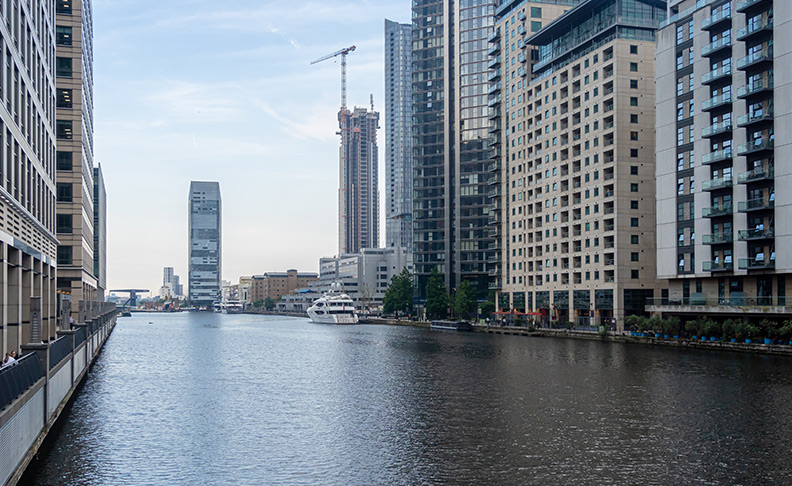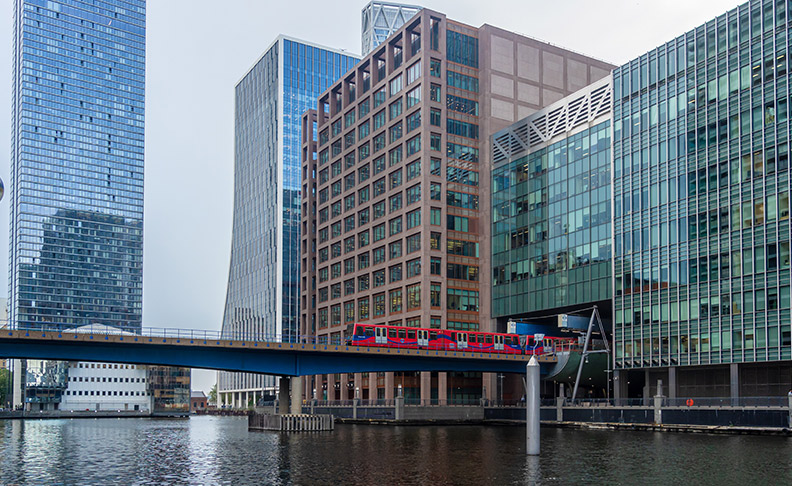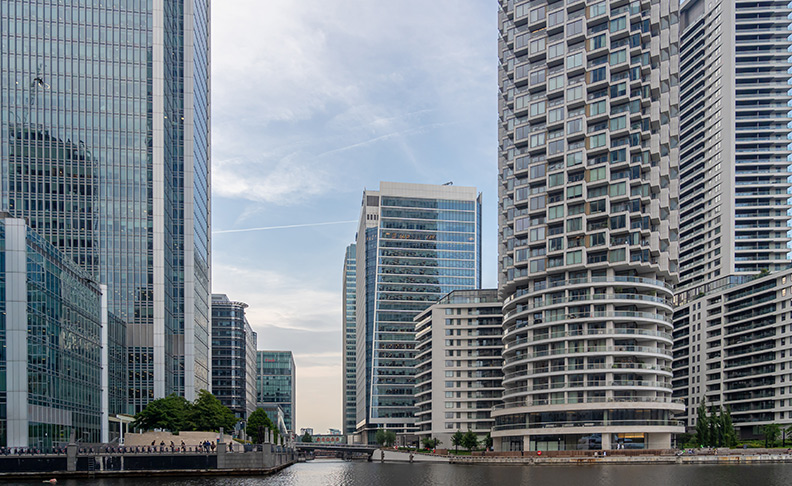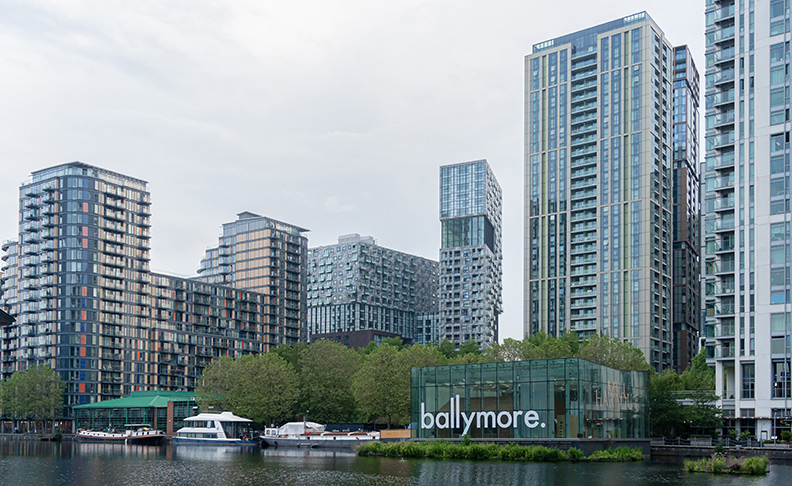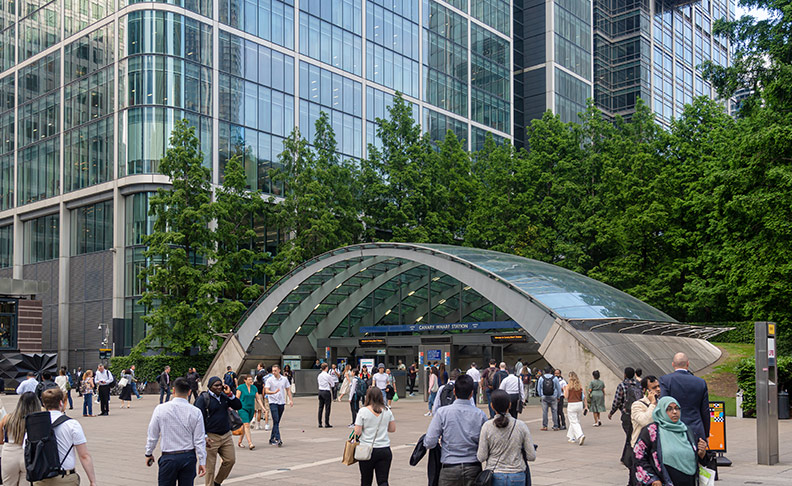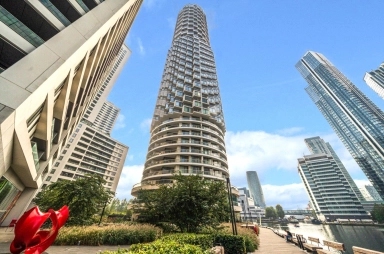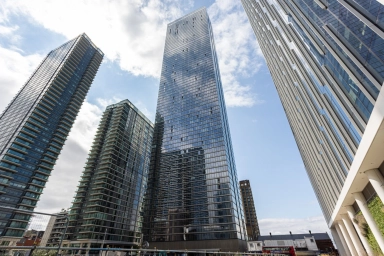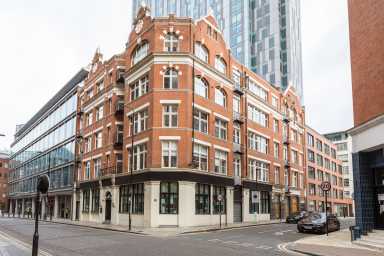- Selling
-
Buying
-
Landlords
-
Show more
- B&R Landlord hub
- Management services
- Vacant management
- Landlord reviews
- Rental investment
- Furnishing and refurbishment
- Renters’ Rights Act
- Yield calculator
- Free online valuation
- Stamp duty calculator
- ROI calculator
- Landlord resources
- EPC guide
- Video hub
- Area guides
- Fees for landlord
- Lettings Laws
- Why choose Benham and Reeves
- Renting
-
New homes
- House prices
-
International services
-
International offices
China, Hong Kong SAR, India, Indonesia, Malaysia, Middle East, Qatar, Singapore, South Africa, Thailand and Turkey
Learn more - Show more
- Contact
Canary Wharf is a thriving business district that has become a sought-after residential area in the heart of Docklands, situated on the east side of London and home to the European headquarters of several leading banks and insurance companies.
Since its’ humble beginnings as a dis-used wasteland, the area was redefined as part of a Masterplan transformation in the late nineteen eighties and early nineties into a leading business hub with the introduction of skyscrapers that have become part of London’s iconic skyline.
One Canada Square, which opened for business in 1992, served as the UK's tallest building until The Shard claimed this status in 2012. However, the area is still home to several towering structures, including residential buildings such as the Landmark Pinnacle, Aspen at Consort Place and South Quay Plaza.
However, it's not all just concrete, glass, and metal, as Canary Wharf has some beautiful rooftop parks and garden squares where you can catch a breath of fresh air. From the lovely water fountains at Jubilee Park to an enclosed botanical garden at Crossrail Place, residents and visitors have plenty of recreational options.
Shopping is another crucial aspect of Canary Wharf's success as it attracts a large footfall to its five interconnected retail malls: Canada Place, Cabot Place, Jubilee Place and Churchill Place. Together, these malls house over 300 shops and 70 dining outlets.
The area is also close to some of London's best-known attractions. There's the 02 Arena, the National Maritime Museum at Greenwich and the Thames Barrier. Also nearby is ExCeL, the international exhibition and convention centre.
As a lively business and residential district, the area is well-connected to London's transport grid. It offers excellent connectivity via the Underground Jubilee Line, Docklands Light Railway (DLR) and the latest Elizabeth Line, considerably reducing commute time to the City in under 10 minutes. From Canary Wharf Tube station, it takes around 15 minutes to reach Green Park via the Jubilee Underground line. Bank Tube station is about 10 minutes away by Docklands Light Railway and it takes around 15 minutes to reach Stratford, Lewisham and the London City Airport Station. There are also riverboat services linking Canary Wharf to the City in less than 30 minutes.
Explore Canary Wharf on map
Top attractions in Canary Wharf

Museum of London Docklands

Harbord Square Park
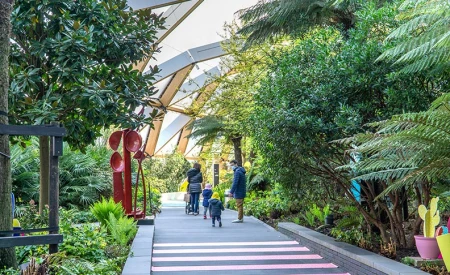
Crossrail Place Roof Garden
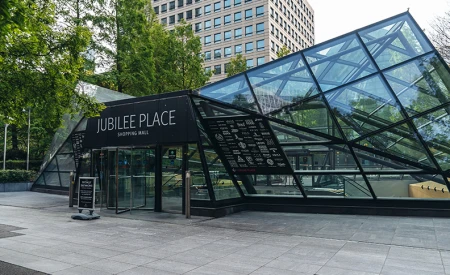
Jubilee Place
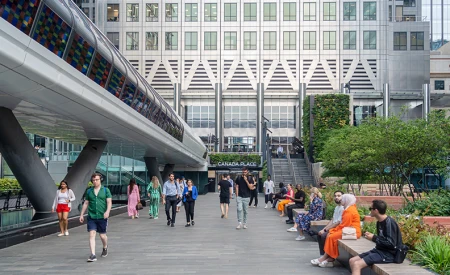
Canada Place
Frequently asked questions about Canary Wharf
Beyond its business scene, Canary Wharf is home to numerous parks, gardens and public art installations. You can catch a movie at the Cineworld cinema, explore the Museum of London Docklands or enjoy live music and comedy shows at surrounding venues throughout the year.
Canary Wharf is renowned as a prominent financial hub globally and is also known for its high-rise, ultra-modern office towers and residential skyscrapers.
Canary Wharf boasts excellent transport links. The Jubilee Line Underground station offers quick connections to central London and Docklands Light Railway (DLR) serves other areas well. The local riverboat service is ideal for scenic commutes to the City of London.
Canary Wharf boasts a rich maritime history — ranking among the busiest ports globally during the 19th and early 20th centuries. It facilitated the import of various goods — from sugar and rum to live elephants.
For those seeking hidden experiences in Canary Wharf, there’s the Crossrail Place Roof Garden, Billingsgate Roman House and Baths, Mudchute Park and Farm and The Space.
Areas near Canary Wharf
Blackwall
Cubitt Town
Isle of Dogs
Limehouse
Poplar
Canary Wharf postcodes
Get in touch
How much is your property worth?

















